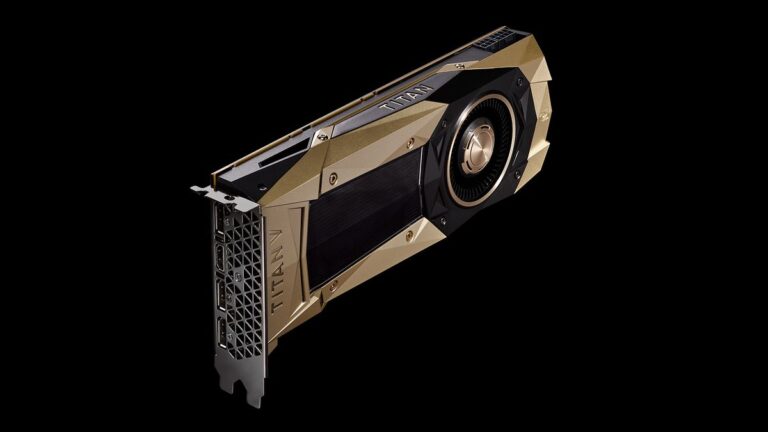Nvidia’s CUDA 12.8 release notes reveal that Maxwell, Pascal, and Volta GPUs will likely be moved to the legacy driver branch. The document states, “Maxwell, Pascal, and Volta architecture support is considered feature complete and will be frozen in future releases.”
This move represents the beginning of the end for all remaining GTX-era Nvidia architectures. CUDA support for Maxwell, Pascal, and Volta will remain, but legacy GPUs will not receive any new features that Nvidia may offer in the future. It’s important to emphasize that this has nothing to do with GeForce game driver support. In fact, unlike Kepler, Maxwell and Pascal are still included in the GeForce RTX series driver support list. Nvidia did not provide details on whether or when it will end support for Maxwell, Pascal, and Volta GPUs for game drivers.
Nvidia hasn’t announced the exact date when full support for these three GPU architectures will end, but it’s expected to end soon. The current CUDA toolkit continues to support the three affected architectures, but no further updates will be provided. Once this transition is complete, the only remaining fully supported GTX series GPUs will be the GTX 16 series, which is based on the Turing architecture of the RTX 20 series.
The Maxwell architecture is the oldest outgoing GPU architecture still supported by Nvidia (at least on the consumer side). This results in a significant increase in performance per watt compared to the previous Kepler. Maxwell was first introduced in the GTX 700 series as the GTX 750 Ti and GTX 750. Both 750-series GPUs are rated as the most power-efficient entry-level GPUs of their time, delivering three times the performance of competitive GPUs. Achieves order-of-magnitude power consumption values with a TDP of just 60 watts.
Maxwell was the first Nvidia architecture designed around mobile GPUs, and although it used TSMC’s existing 28nm process (at the time), it was an entirely new architecture that could use its nodes significantly more efficiently . Maxwell’s serious improvements in the GTX 900 series continued Maxwell’s incredible efficiency, making the GTX 980 and 970 the most power efficient on the market at the time.
Pascal sets the stage as one of Nvidia’s most significant architectural advancements of the 2010s, delivering even greater power efficiency along with significant performance leaps. Pascal is Nvidia’s first architecture to use TSMC’s 16nm finFET Plus technology, offering twice the density of Maxwell’s 28nm node. As a result, the GTX 1080 is on average 60-65% faster than the GTX 980 and 30-35% faster than the GTX 980 Ti. The GTX 1080 Ti unleashes the full potential of the Pascal architecture, delivering 60% more performance than the GTX 980 Ti for just $700.
Volta became the foundation for all future Nvidia architectures. This was the first architecture primarily targeted at AI. Volta was also the first Nvidia architecture to feature AI-specific Tensor Cores, providing significantly more compute power than Nvidia’s shader/CUDA cores for AI-specific workloads. These first-generation Tensor Cores only delivered 120 Tensor TFLOPs of performance, but were 9x faster than Pascal for the same type of workload.
Volta was focused almost exclusively on the enterprise world and was never integrated into GeForce-branded GPUs. The flagship GV100 is over 30% larger than the previous generation GP100 (Pascal-based) GPU and runs on TSMC’s 12nm FFN process. The only Volta GPU that Nvidia made for desktop PCs was the Titan V (yes, you can play games with it if you wanted to).

